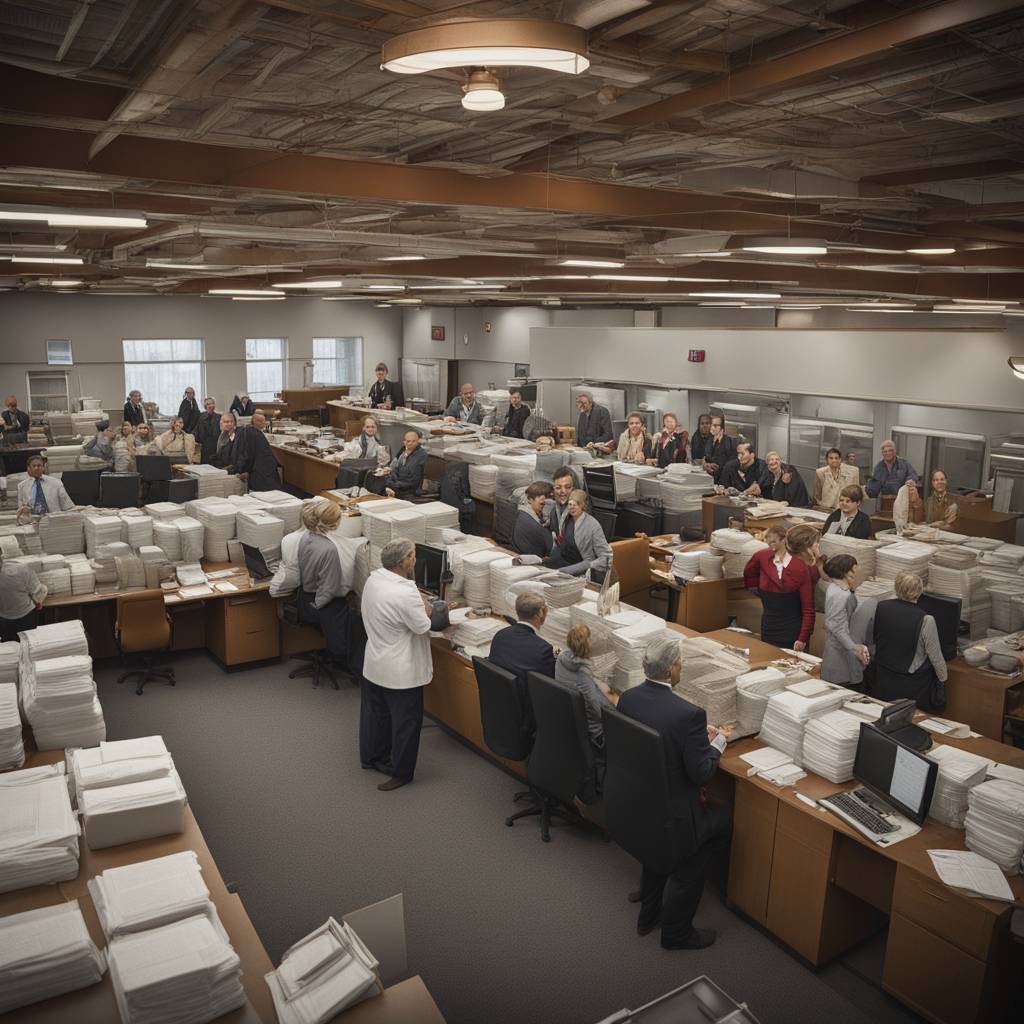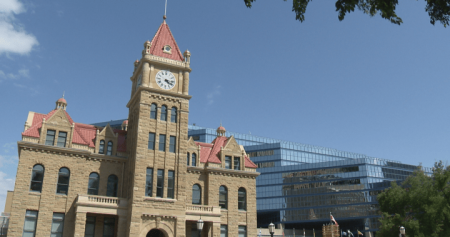The cost of staffing the premier’s office under Doug Ford has more than doubled since 2018, with public salary disclosure data showing that spending has far outpaced his predecessor Kathleen Wynne. The number of staff in the premier’s office earning six figures has increased under Ford, despite his initial promise of fiscal responsibility and respect for taxpayers. In 2019, the first full year of Ford’s term, 20 employees in the premier’s office made the Sunshine List, costing taxpayers $2.9 million. By 2023, this number more than doubled to 48 employees, with a combined compensation of $6.9 million. Critics argue that this surge in costs contradicts Ford’s promises and raises questions about the effectiveness of the increased spending.
Critics have pointed out that Ford’s 2023 office spending surpasses what Wynne spent on staff during her time in office. In 2017, Wynne’s last full year as premier, 18 people in the premier’s office made the Sunshine List, with a combined pay of $2.8 million, compared to $6.9 million paid out by Ford in 2023. Liberal MPP John Fraser criticized Ford for going against his promises to cut costs and eliminate the “gravy train,” calling Ford the “engineer” of his own gravy train. The premier’s office did not respond to inquiries about the surge in costs or any steps taken to reduce the size of the office.
The Ontario government has also faced criticism for its spending figures outlined in the provincial budget tabled by Ford’s finance minister. The $9.8 billion deficit in 2023 is larger than Wynne’s $7.8 billion deficit in her final budget in 2018, while Ford has added $86.7 billion to the provincial debt in five years, compared to the $61.4 billion added by the Liberals over a similar timespan. Nearly every member of the Progressive Conservative caucus has been named as a cabinet minister or parliamentary assistant, increasing their MPP salaries by thousands of dollars. Critics argue that this runaway spending signals a need to rein in costs at Queen’s Park and conduct a top-to-bottom review of all government spending.
Jay Goldberg of the Canadian Taxpayers Federation emphasized the need for leadership from the top to address the increasing costs at Queen’s Park. Goldberg called for a slimming down of the size of the Premier’s office and a reevaluation of all government spending. The surge in costs, coupled with the government’s growing deficit and debt, has raised concerns about fiscal responsibility and the effectiveness of the province’s financial management. Critics argue that the government’s spending habits are not in line with the promises made by Ford and point to the need for greater accountability and transparency in public spending.













